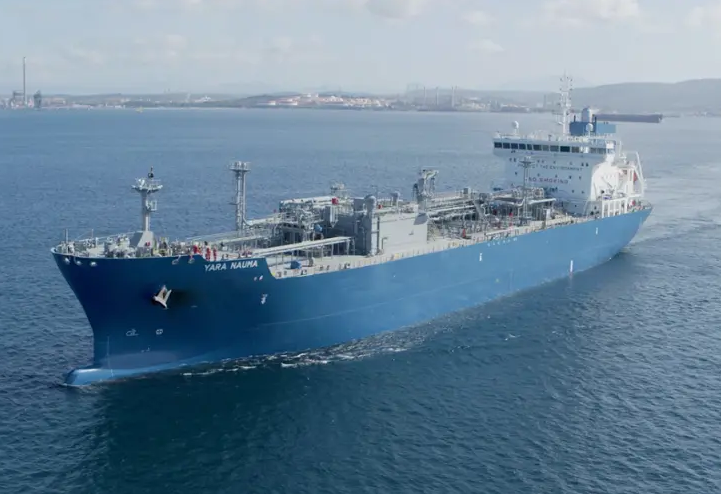Scatec has signed a significant agreement with its partners ECHEM and MOPCO for the production of renewable ammonia in Egypt. This collaboration involves Yara Clean Ammonia, the world’s largest trader and distributor of ammonia, and aims to produce up to 150,000 tonnes of renewable ammonia annually.
The joint development agreement between Scatec, ECHEM, and MOPCO outlines the construction of up to 480 MW of renewable energy capacity and a 240 MW electrolyzer facility. This setup will produce renewable hydrogen, which will serve as the feedstock for renewable ammonia production at MOPCO’s existing facility in Damietta. The European Investment Bank (EIB) has also expressed support through a letter of intent for long-term financing, indicating a strong commitment to renewable hydrogen and ammonia projects in Egypt.
Scatec’s project focuses on leveraging renewable hydrogen as a feedstock for ammonia production. Renewable hydrogen, produced via electrolysis using renewable energy, is a critical component in reducing the carbon footprint of ammonia production. Traditional ammonia production is highly energy-intensive and relies on fossil fuels, contributing significantly to greenhouse gas emissions.
However, the project’s success depends on several factors. The efficiency of the electrolyzer technology and the reliability of renewable energy sources are paramount. Comparatively, industry leaders like Siemens Energy and ITM Power have developed highly efficient electrolyzers that set the benchmark for green hydrogen production. Scatec must ensure their technology meets or exceeds these standards to achieve the desired environmental benefits.
The economic viability of renewable ammonia production hinges on several variables, including the cost of renewable energy, electrolyzer efficiency, and market demand for green ammonia. Yara Clean Ammonia’s involvement as the offtaker provides a degree of market stability, given its extensive portfolio and experience in ammonia distribution. However, scalability remains a challenge.
Producing 150,000 tonnes of renewable ammonia annually is ambitious, and scaling up production to this level requires significant investment and infrastructure development. The partnership with EIB for long-term financing is a positive step, but the project must navigate potential economic hurdles, such as fluctuating energy prices and competition from conventional ammonia producers.
In the broader context of the hydrogen energy sector, several companies are advancing renewable hydrogen and ammonia projects. Companies like Air Products and Linde are investing heavily in similar initiatives, aiming to capture a share of the emerging green ammonia market. These companies have the advantage of established infrastructure and extensive experience in large-scale industrial gas production.
Scatec’s project must demonstrate competitive advantages in efficiency, cost, and scalability to stand out. The ability to integrate seamlessly with MOPCO’s existing facilities provides a potential edge, but ongoing innovation and operational excellence will be crucial to maintaining competitiveness.
Egypt’s strategic vision of becoming a regional and global green hydrogen hub aligns with this project. The collaboration between Scatec, ECHEM, MOPCO, and Yara Clean Ammonia supports Egypt’s national low-carbon hydrogen strategy and underscores the country’s commitment to renewable energy.
Minister of Petroleum and Mineral Resources, H.E. Tarek El Molla, emphasized the importance of such partnerships in securing renewable hydrogen investments and facilitating the country’s green transition. This project could serve as a model for similar initiatives in the region, promoting sustainable development and economic growth.
